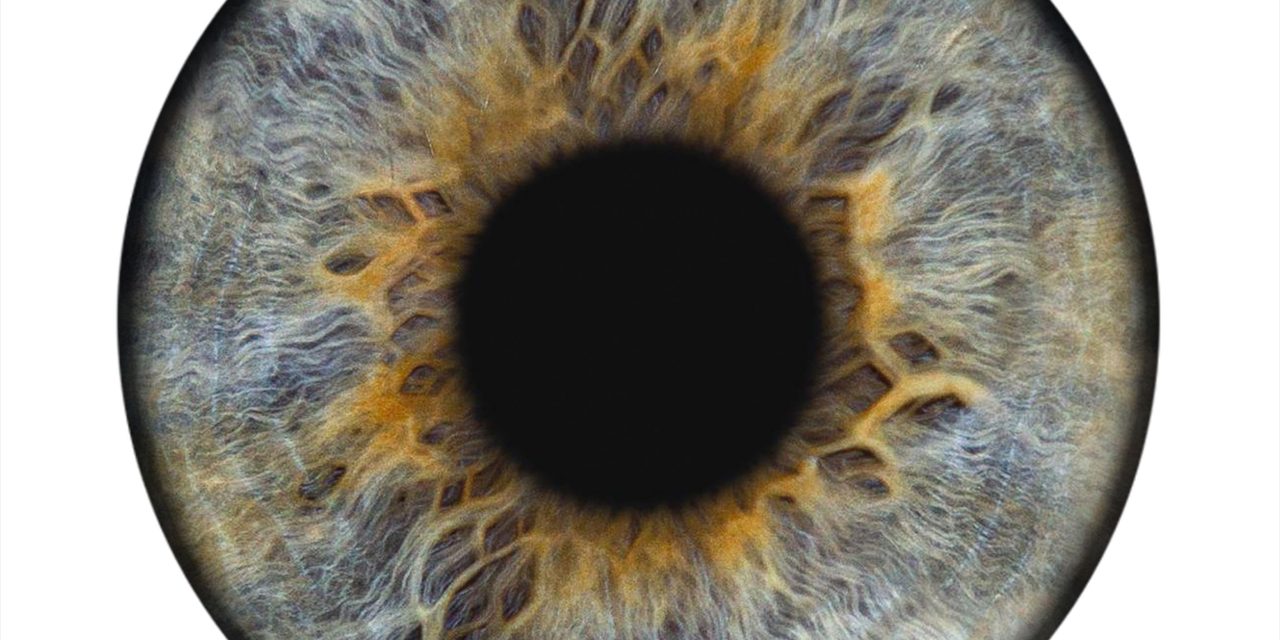To determine the relationship between corneal refractive surgery and the prevalence of glaucoma in the Korean population.
Data were obtained from the Korea National Health and Nutrition Examination Survey (KNHANES), a population-based cross-sectional study using a complex, stratified, multistage, probability-cluster survey. This study included 604 eyes that had undergone myopic corneal refractive surgery, and 3389 control eyes without a history of any ocular surgery and having a spherical equivalent (SE) <-3.00 D, obtained from the KNHANES database for the years 2010-2012. Glaucoma diagnosis was based on the International Society of Geographical and Epidemiological Ophthalmology criteria. The association between a history of corneal refractive surgery and the prevalence of glaucoma was analysed using logistic regression analysis, after adjusting for potential confounding factors.
Glaucoma prevalence did not differ between eyes that had and had not undergone corneal refractive surgery (p=0.675). After adjusting for age, sex, SE, and intraocular pressure, multivariate logistic regression analysis found that corneal refractive surgery was significantly associated with an increased risk of glaucoma (OR 9.14, p=0.002; 95% CI 2.22 to 37.69). Subgroup analysis that only included control eyes with a refraction cut-off <-3.70 D found that corneal refractive surgery was not significantly associated with glaucoma.
History of corneal refractive surgery was associated with a higher prevalence of glaucoma in the Korean population. However, this association was not observed in eyes with a higher degree of myopia.
© Author(s) (or their employer(s)) 2020. No commercial re-use. See rights and permissions. Published by BMJ.
Association between corneal refractive surgery and the prevalence of glaucoma: Korea National Health and Nutrition Examination Survey 2010-2012.


